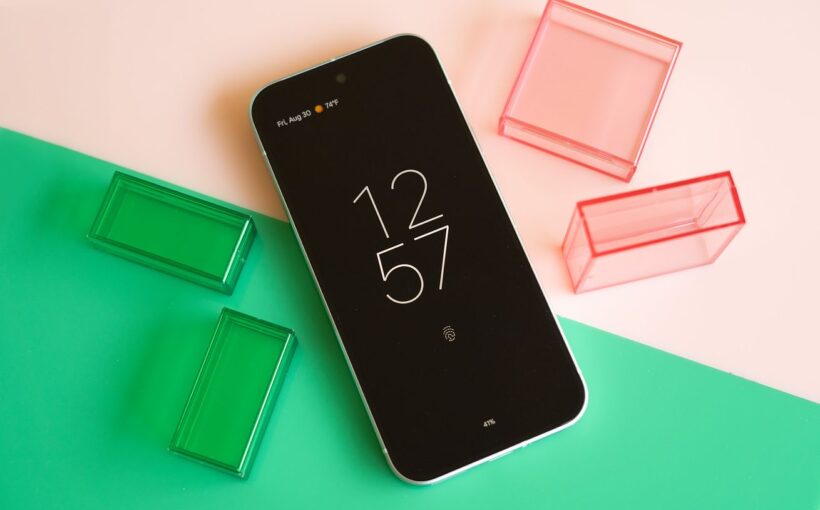
Android 15 has officially arrived — for developers, at least. Google’s next-gen operating system is available in the Android Open Source Project, with support for Pixel phones due to roll out in the coming weeks. You’ll have to wait a little longer if you have a compatible device from Samsung, Motorola, OnePlus, Nothing, or other brands, while Google describes the window for Android 15 coming to those phones as within the “coming months.”
While Apple typically rolls out major changes tied directly to each new version of iOS, Google’s Android updates often focus on tweaking the underlying ways apps and devices interact with each other. Down the line, devices with Android 15 will support single-tap passkeys, theft detection, improved multitasking for large-screen devices, and the ability to limit access to certain apps.
Some of the features launching with the system include an update to Android’s screen reader, TalkBack, which Google highlighted at I/O earlier this year. The utility will now have an integration with Google’s Gemini AI assistant to provide audio descriptions of images you’re looking at on your phone.
:no_upscale():format(webp)/cdn.vox-cdn.com/uploads/chorus_asset/file/25601294/google_circle_to_search_audio.gif)
Google is also expanding its Circle to Search feature with a new Shazam-like ability to help you identify songs. After testing the feature over the past several weeks, Google will now let you select a music button to get the name, artist, and YouTube video associated with a song — whether it’s playing from a video you’re watching or grocery store speakers.
Additionally, Google is expanding earthquake alerts to all of the US and six of its territories. The company already partners with the United States Geological Survey (USGS) and its ShakeAlert system to offer warnings in California, Oregon, and Washington using readings from traditional seismometers.
But now, users in states without access to the ShakeAlert system can receive earthquake notifications based on data from their Android device’s accelerometer. If many devices in an area detect vibration, Google says its Android Earthquake Alerts analyze “the crowdsourced data to determine if an earthquake is occurring.” Google has already rolled out this feature in nearly 100 countries.
:format(webp)/cdn.vox-cdn.com/uploads/chorus_asset/file/25601295/2._Android_Earthquake_Alerts_System.jpg)
Some other features coming to Android devices include a way for Chrome to read webpages aloud as well as support for offline Google Maps in Wear OS 5.



